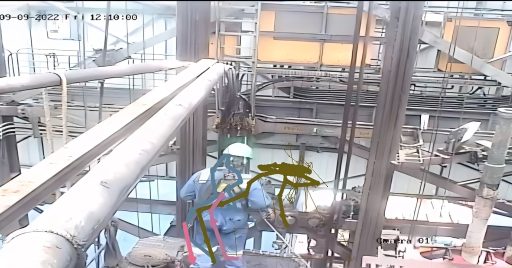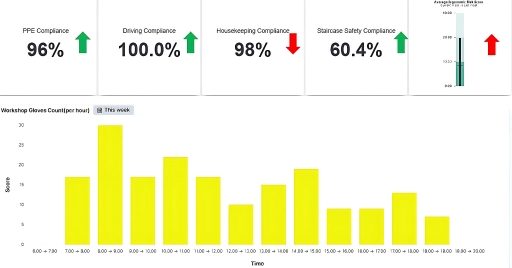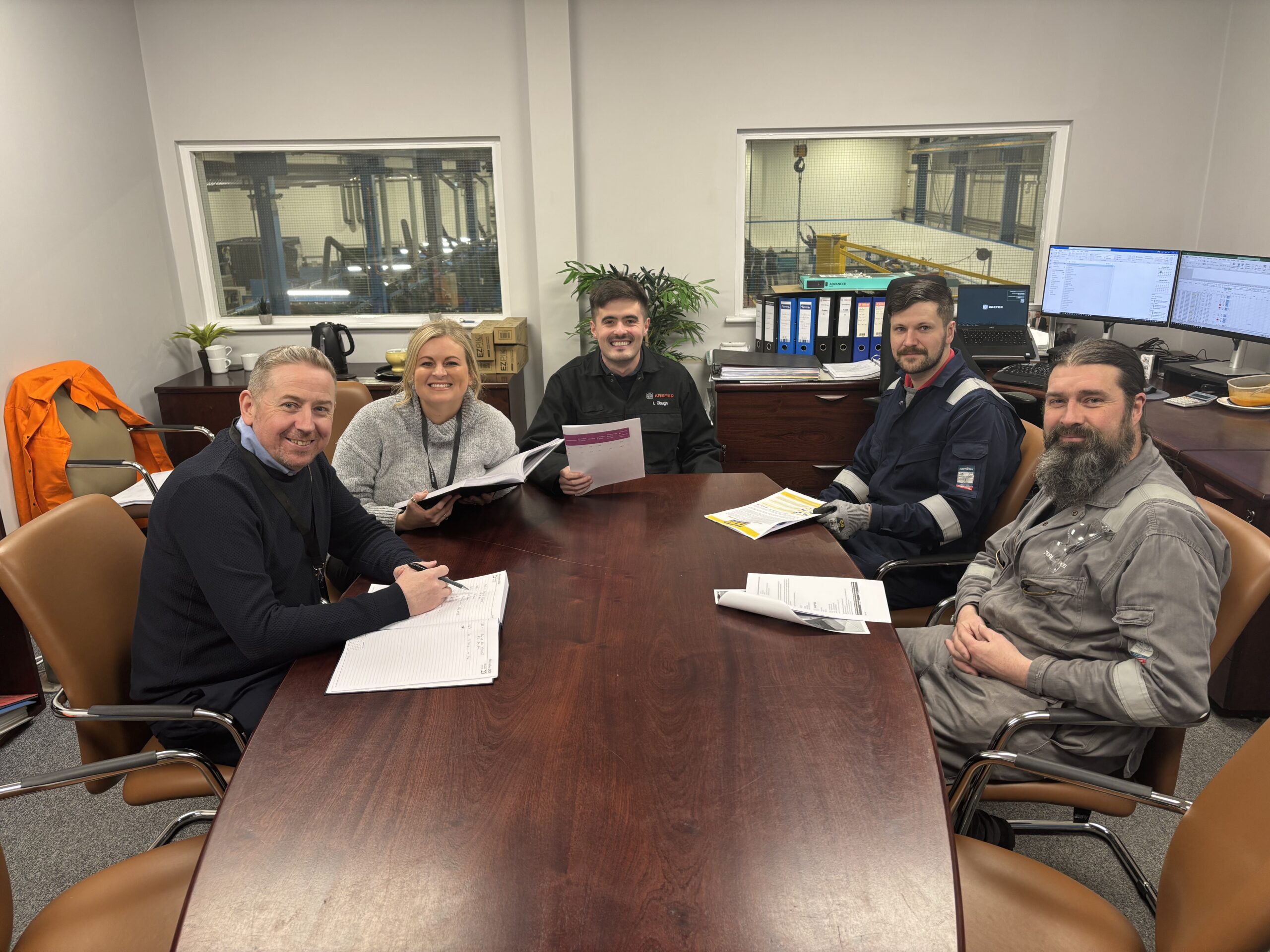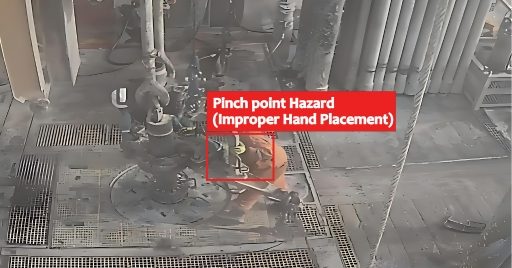Toolbox Talks (TBTs) are a fundamental component of Health, Safety, and Environment (HSE) protocols across high-risk industrial environments, particularly drilling rigs, refineries, and fabrication sites. These short, structured discussions—typically conducted before the start of shifts or specific tasks—aim to align teams on operational hazards, reinforce safety awareness, and reduce the likelihood of incidents.
In principle, Toolbox Talks promote safer work environments and foster team coordination. However, in practice, many of these sessions risk becoming routine and transactional—viewed by crews as formalities rather than opportunities for meaningful engagement. When this happens, participation wanes, and the real potential for proactive risk mitigation is lost.
To address this challenge, many HSE professionals and field supervisors are exploring new approaches to modernize and enrich Toolbox Talks. One emerging solution is the responsible integration of Artificial Intelligence (AI).
This article draws on first-hand observations from high-risk energy sector sites and feedback from a recent industry poll to explore how AI-powered systems—such as the Veunex Virtual HSE Assistant—can significantly enhance Toolbox Talks, making them more relevant, data-driven, and impactful.
Table of content
What Crews Want from Toolbox Talks: Survey Insights
To understand frontline expectations, we conducted a poll among professionals working across energy and heavy industry sites. When asked what improvements they’d like to see in Toolbox Talks, the responses were as follows:
- 49% wanted more open crew participation (i.e., two-way communication, not just top-down delivery)
- 46% asked for more real site-based examples instead of generic case studies
- 5% highlighted the need for better follow-up on past Toolbox Talk topics
These findings reinforce a common issue: Toolbox Talks must feel relevant, localized, and collaborative. Below, we explore how AI can help meet these expectations.
1. Fostering Participation Through Trust and Data
One-way Toolbox Talks rarely create lasting behavioral change. While the importance of workforce engagement is widely recognized, fostering active participation remains a challenge. Crew members may be reluctant to speak up due to uncertainty, fear of repercussions, or skepticism about whether their input will make a difference.
To overcome this barrier, engagement must be earned—through transparency, credibility, and relevance. This is where AI-powered tools, particularly those integrated with site surveillance and behavior monitoring systems, add significant value. These platforms provide objective, data-driven insights that transform safety discussions from opinion-based lectures into evidence-based conversations.

1.1 From Passive Briefings to Active Dialogue
All too often, Toolbox Talks turn into monologues delivered by HSE personnel, with limited or no crew input. This dynamic fails to capture valuable insights from frontline workers and undermines the collaborative nature of safety culture.
By integrating AI-generated data into these discussions, HSE teams can foster more productive dialogue. When safety messages are supported by real-world evidence—such as incident trends, behavioral patterns, or specific operational risks—crew members are more inclined to engage, ask questions, and contribute their own observations.
1.2 Transparent, Insightful Reporting
AI systems linked with PTZ and CCTV cameras can monitor behavioral patterns and safety compliance across operational zones. These tools can track common hazards—such as Line of Fire (LOF) exposure or unsafe lifting practices—and convert observations into time-based charts, trend analyses, and behavioral heatmaps.
Rather than relying solely on anecdotal observations, HSE teams can present visual reports during Toolbox Talks to support key messages. For example, a trend showing increased proximity to rotating equipment over the past week offers a clear, site-specific reason to address that hazard proactively.
To ensure ethical and legal compliance, particularly under data privacy regulations like GDPR, systems such as the Veunex Virtual HSE Assistant are designed to process footage in real-time and automatically delete it once accuracy is confirmed. Moreover, the purpose, access protocols, and scope of monitoring should be clearly communicated to all crew members—building trust through transparency.

1.3 Positive Reinforcement and Behavior Tracking
Traditional safety monitoring often emphasizes what went wrong—highlighting violations, unsafe acts, or non-compliance. While necessary, this approach can feel punitive and may discourage open dialogue.
The Veunex Virtual HSE Assistant takes a different approach, focusing instead on improvement tracking. Dashboards are designed to highlight positive behavioral trends, reinforcing the idea that safety is a collective achievement, not just a matter of avoiding mistakes.
This shift from a fault-finding narrative to one of continuous improvement encourages psychological safety, fosters team accountability, and motivates individuals to engage constructively during Toolbox Talks.
From data to dialogue:
One of the biggest impacts? Using Veunex sparked real conversations.
With limited time on the shop floor, HSE managers relied on AI to fill the gaps—offering objective data that led to meaningful discussions, not just about risks, but also successes.
After just eight weeks:
45% improvement in overall safety behaviour
13% increase in PPE compliance
30% better housekeeping
Major drop in high-risk actions, especially near machinery
This wasn’t about catching mistakes—it was about celebrating safe practices. Dashboards didn’t just flag issues; they showcased what teams were doing right—like consistent glove use, safe distances, and clear walkways.

2. Using Real Site-Based Examples
Nearly half of our survey respondents wanted Toolbox Talks to include real examples from their own work environments. Generic case studies often fail to resonate with workers operating in specialized or hazardous conditions, such as drilling rigs or fabrication yards.
AI platforms fill this gap by capturing site-specific data on safety-related behavior, risks, and near misses. These insights can then be presented in anonymized formats—such as trend graphs, heatmaps, or behavioral dashboards—to illustrate issues directly relevant to the team.
While the use of video footage can enhance clarity in critical cases, it should be applied judiciously and only when necessary. In most cases, visual data representations are sufficient to drive the message home while avoiding discomfort or perceptions of surveillance.
For example, if AI identifies repeated unsafe positioning under suspended loads, this insight can be visualized as a rising trend over several days. Sharing this information in a Toolbox Talk—without naming individuals—helps crews understand and address the pattern collectively.

3. Building a Feedback Loop for Continuous Learning
Although only 5% of survey participants emphasized the importance of follow-up, this feedback highlights an essential element of learning: continuity.
AI-enabled safety platforms can track progress over time and generate reports that show how behaviors have changed following a Toolbox Talk. This makes it possible to revisit topics periodically with concrete updates—strengthening the learning loop and reinforcing team accountability.
For instance, if a Toolbox Talk focused on safe lifting zones around mobile cranes, follow-up data could show a reduction in “red zone” intrusions over the next two weeks. These insights not only validate the effectiveness of the original session but also inform whether additional training or interventions are required.
Final Thoughts: Responsible AI Use Can Strengthen Safety Culture
AI is not a replacement for experienced HSE professionals—it is a powerful tool that, when implemented responsibly, amplifies their efforts and enhances the quality of safety communication.
By integrating AI into Toolbox Talks, organizations can:
- Encourage open crew participation through credible, data-backed insights
- Provide real, site-specific examples rather than abstract scenarios
- Reinforce improvements through visual feedback, not just disciplinary focus
- Establish continuous feedback loops to track progress and refine interventions
Across onshore and offshore rigs, refineries, and fabrication sites, we’ve observed the positive impact of AI tools such as the Veunex Virtual HSE Assistant. These technologies empower safety leaders to deliver more relevant, engaging, and actionable Toolbox Talks—ultimately helping teams return home safely and operations to run more smoothly.
Making Toolbox Talks truly effective doesn’t require more time—it requires the right tools, the right data, and the right intent.
Veunex Virtual HSE Assistant
in Practice
Empower HSE team to
Enriching ToolBox Talks
In collaboration with KAEFER, Petronas, OQ, and Aramco, Veunex has transformed safety on numerous offshore and onshore rigs, refineries and fabrication sites. Discover our success stories to see how we’ve effectively tackled safety issues and empowered HSE teams to enhance their safety practices.
We will get back to you as soon as you unlock the resources.